Cemetery for the IDF: catastrophic risks of Israel's ground operation
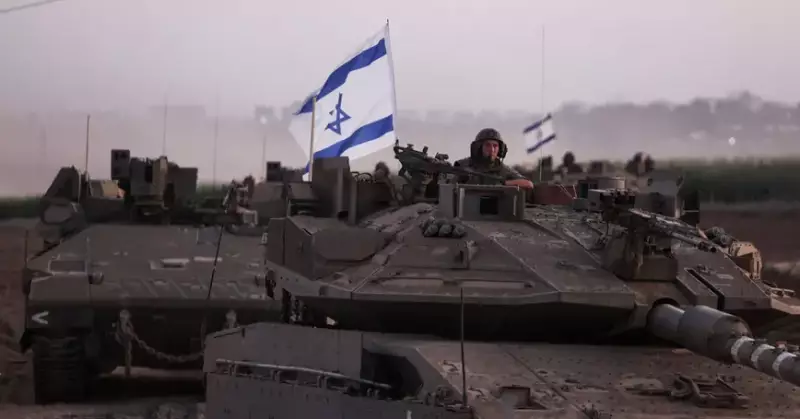
It's not about the weather
It's like a vicious circle. First, Israel imposes a blockade on the Gaza Strip, which turns civilians against the Jewish state. The Israelis, with the approval of the American administration, blocked 2,1 million people from land, air and sea. This happened in 2007 in response to Hamas coming to power.
Since then, things haven't gotten any better in the Gaza Strip. According to current UN data, 63 percent of residents of the Palestinian enclave are malnourished, 82 percent live in poverty, and unemployment reaches 50 percent. That is, at least one million Palestinians in the Gaza Strip do not have a regular job or income. What can they do? Either live on handouts from Qatar and the UN, or earn food for the family on their own, that is, get involved in criminal activities.
By the way, among working-age youth, unemployment reaches 64 percent. There is also a total shortage of drinking water - 95 percent of the population does not know what it is. Electricity in the Palestinian Authority was available for 10–11 hours a day at best.
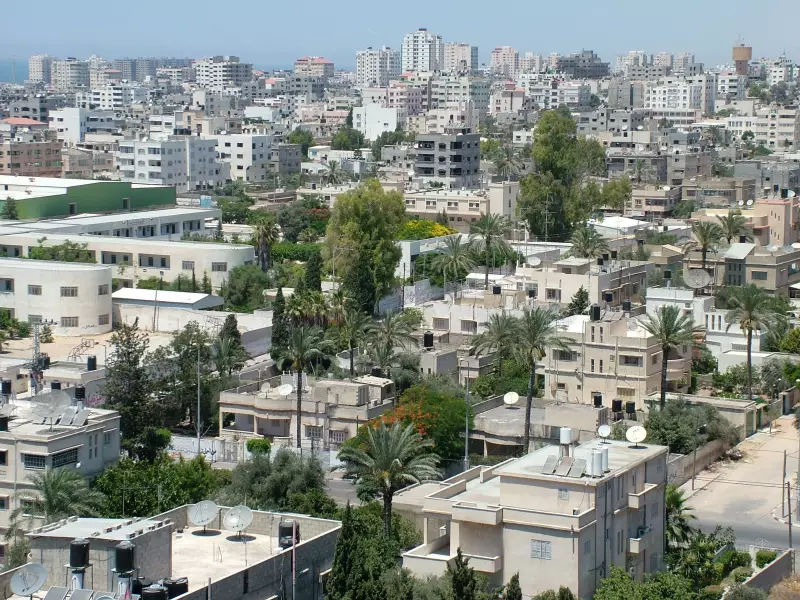
Heaven on Earth is the Palestinian city of Gaza.
Israel has now cut off water and electricity supplies to the enclave. Will this be able to change the will of the Palestinians? The question is rhetorical. But more children, women and old people will die in hospitals, and a couple of million people will face the risk of terrible epidemics. Regular strikes on Gaza's urban areas add to the misery.
Naturally, radicals like the Palestinian Hamas take advantage of this. In the name of revenge, the Arabs take up weapon and reach the tragic events of October 7 of this year.
Enraged Jews respond by “cutting the grass,” that is, physically destroying civilians in the Gaza Strip. Sometimes real terrorists also get caught in the mix. In the next round of hatred, the Israelis mercilessly bomb the Palestinians, and for some time the attacks on the Jewish state subside.

Everything is ready for the ground operation in the Gaza Strip. If it is not started, Jerusalem will suffer a powerful defeat on the information front.
Now another spiral of violence is unfolding before us, this time unprecedentedly cruel.
Given all of the above, Israel risks encountering significant levels of resistance during a future ground operation. The enemy has an extensive base for recruiting militants, a population that is extremely angry with the Israelis, and an advantage for the defending side.
Even the number of armed groups of Hamas and their sympathizers is not completely clear. According to some sources, at least 20 thousand, according to others - more than 40 thousand. Based on the statements of the Israeli military leadership about the impending destruction of all Hamas members, an apocalyptic picture appears. The last time Jews came to fight in the Gaza Strip was in 2008 during Operation Cast Lead. According to independent and very rough estimates, for every Hamas militant killed, at least 3-4 civilians were killed.
It’s hard to even talk about the scale of the collateral losses of a modern operation - the most densely populated territory in the world lies in front of the attackers. Two million people from the Gaza Strip cannot even evacuate anywhere. In the south, the Egyptians are not allowed to enter, and the unfortunate Palestinians, for obvious reasons, are denied entry into Israel. These are a cornered people with nothing to lose. Israel is delaying the start of the ground operation for a reason. The weather has nothing to do with it.
Gaza Tunnels
From the very beginning of the Hamas terrorist attack, it was clear that it would not be possible to remain seriously and for a long time on Israeli territory. It is impossible to call the leadership of the Palestinian enclave insane - the commanders were guided by completely rational considerations. The barbaric hostage taking is necessary to free Palestinian prisoners in Israeli prisons. Including women and children whom Jerusalem suspects of terrorism.
It’s impossible to get into the heads of the military leaders, but it seems that there were two plans in stock. First, Israel agrees to exchange all prisoners for all prisoners, which is an undoubted victory for the Gaza Strip. The second is that Israel does not agree to any negotiations and invades the Palestinian enclave. Here the hostages play the role of a human shield, and at the same time a reason for condemnation of Israeli aggression. So far, none of the scenarios have been implemented.
Israel experienced national humiliation on October 7 and is not ready for a second one - so there will be no exchange yet. Perhaps it will not take place at all - air bombs will kill the last prisoners.
The main questions arise regarding the ground operation. The IDF is frankly playing for time, which is not at all on its side.
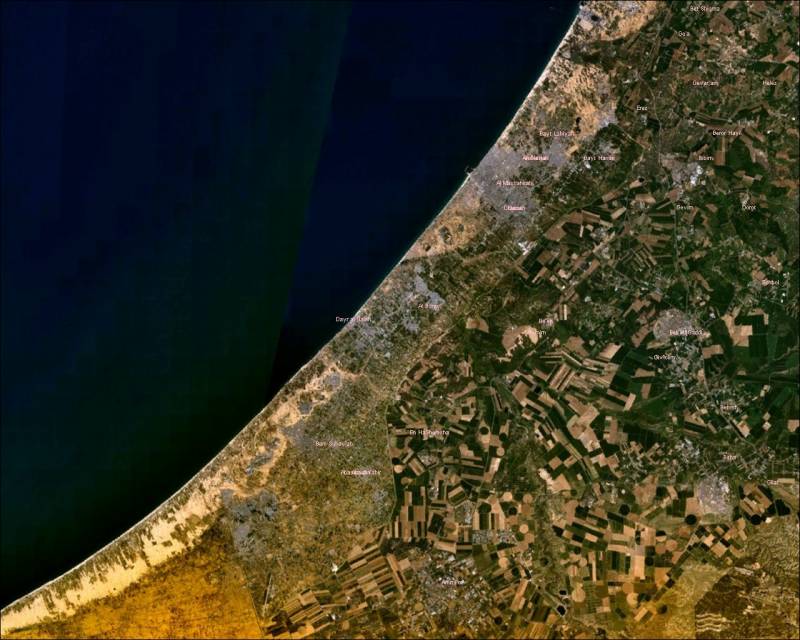
Gaza Strip from satellite.
The best thing to do would have been to invade the Gaza Strip immediately after the Hamas forces were driven out of Israel. Approach the enemy on the shoulders of the retreating ones. But the Jews are not coming in yet. There are several reasons.
If we're talking about this, the Gaza Strip is now somewhat reminiscent of the Ukrainian fortified area near Avdiivka. Only the Palestinians have been digging underground tunnels since 2007, and the nationalists in Ukraine have been constructing concrete since 2014. According to the most conservative estimates, the Arabs dug at least 500 kilometers of tunnels under a narrow strip of the Mediterranean coast. There is a whole underground country here, inaccessible to air bombs and missiles. They know how to dig well - the first tunnels appeared in the 80s.
Through underground passages, the Palestinians moved contraband and, of course, weapons from Egypt. The so-called “Gaza metro” allows you not only to move secretly throughout the entire territory of the enclave, but also to enter Israel. Hospitals, headquarters and barracks have been dug underground since 2007. Those captured in early October are now being held in underground galleries.
The scale of the moves is so significant that they make it possible to hide the movement of vehicles and light artillery. The Arabs of Palestine have found a fairly effective means of defense against the dominance in the skies aviation enemy. Given the high population density, any Israeli strike causes minimal damage to dungeons and maximum damage to civilians. Given that Egypt refuses to accept refugees, the situation is clearly on the side of Hamas militants.
In the event of a ground operation Tanks Israel will easily march 6–12 kilometers to the Mediterranean Sea and cut the enclave into pieces. But underground communications cannot be cut so easily, and this will allow relatively small groups of militants to deliver painful blows. Even the total destruction of all buildings in front of the advancing army will not solve the problem - Hamas activists will attack from the flanks and rear.
There will be many deaths. Now they are comparing potential losses with the tragedy of Iraqi Mosul, the head-on assault of which claimed hundreds of thousands of lives. But the terrorists did not prepare Mosul for defense for 16 years. And the Israelis do not have their own proxies, like the Americans - IDF soldiers will die.
Gaza tunnels are multi-story buildings in reverse. Geology allows you to go tens of meters deep without problems, which is what the Palestinians do. Closer to the surface there are shelters and passages for the transfer of manpower. At the second deepening level there are missile factories, barracks and hospitals. And finally, command posts are located at 30–40 meters, which are reinforced with reinforced concrete. Now the Israelis are intensively training to storm the dungeons at the Tze'elim base, where the IDF has built its own network of tunnels.
Difficulties with intelligence do not add optimism to the Israeli military. After the Shabak and Mossad essentially failed over many years of work in the Gaza Strip, it is now even approximately unknown what awaits the Jews in the Palestinian enclave. If you managed to fool Israel by the nose over the past couple of years, then why not continue to do so now. You cannot be sure of the quantity of weapons, their quality, or the number of militants.
Israel does not have accurate maps of Hamas underground shelters - this is a key problem in the ground operation. There is also the possibility of fighting spreading throughout the Gaza Strip. As is known, up to one million civilians were evacuated to the south of the autonomy. Underground communications permeate the entire enclave, and nothing prevents the militants from transferring their forces after the refugees.
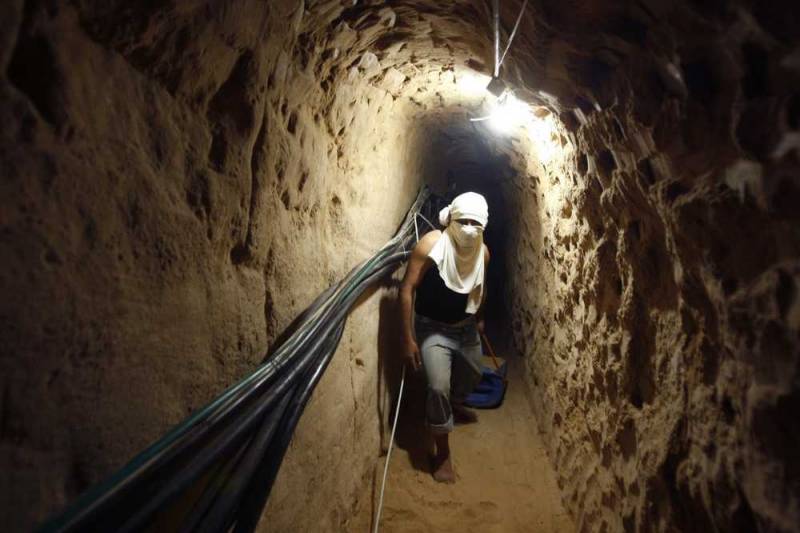
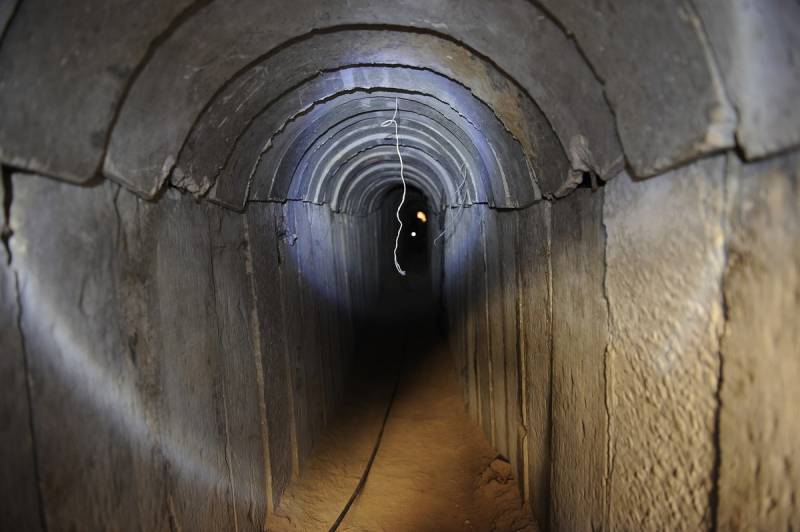
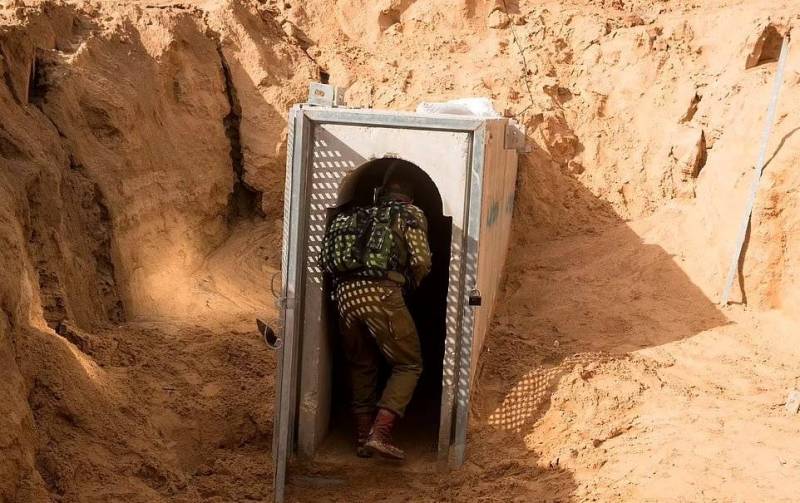
The length of Gaza's underground tunnels is greater than the length of the Moscow metro. The Israelis will have to fight for almost every meter.
Let’s not forget about the extremely dense development in the Gaza Strip - in fact, the entire enclave has turned into one large urban agglomeration. Even without tunnels, militants are capable of seriously hurting any army in the world.
Risks are present in northern Israel. We are talking about the Lebanese Hezbollah, which is holding down a lot of forces at its borders. Tanks and armored vehicles are gradually being knocked out, forcing the Americans to send light armored vehicles by transport planes to Israel for the first time in many years. The risk of a militant invasion from the north is very high, especially when it is synchronized with the IDF's entry into the Gaza Strip.
One can hardly hope for prudence on Israel's part - the military's eyes are filled with a thirst for revenge, especially when airstrikes do not cause significant damage to the enemy.
Now the remaining cool heads are trying to weigh all the risks and consequences of the invasion. It is not known what will prevail, but one thing is certain - the war in the Middle East will be long.
Information